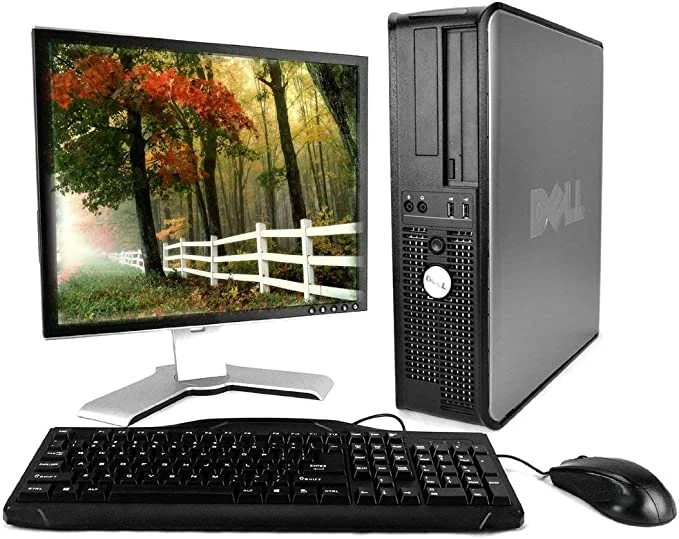How does GPS Navigation Work?
Getting Started

Having a global positioning GPS Navigation system (GPS) is an excellent way to navigate the roads of unfamiliar locales. Gone are the days of pulling over for directions or looking on a map.
When shopping for the right GPS, there are a few questions to ask yourself: How will you be using it? Do you need a big display? Are there lifetime map updates? Should you even bother with a GPS, or can you just use your phone for directions? Here’s what you should consider when navigating the GPS market.
How Does it Work?
Armed with your precise latitude, longitude, and other location data, the GPS receiver can overlay this information onto map files stored on the unit, revealing your current position, as well as where you’ve been, and your final destination. Since the receiver is constantly recalculating your location relative to the satellite’s position, the GPS unit can track your location in real time, as well as your speed and direction. This is why it’s harder for the receiver to lock onto, and hold, a signal if you’re traveling through a dense forest or an urban area with tall buildings.
How well a GPS unit will work in your car depends on the location of the antenna. If your vehicle has a factory installed in-dash unit, chances are the antenna is integrated into the dashboard in a place where it has an unobstructed, ideal view of the sky. Many portable models are designed to be positioned directly on the windshield via a suction cup mounting device, giving the antenna a wide sky view. There are also add-on antennas available that allow you to keep the GPS receiver close to the front seat for easy viewing without sacrificing signal quality.




